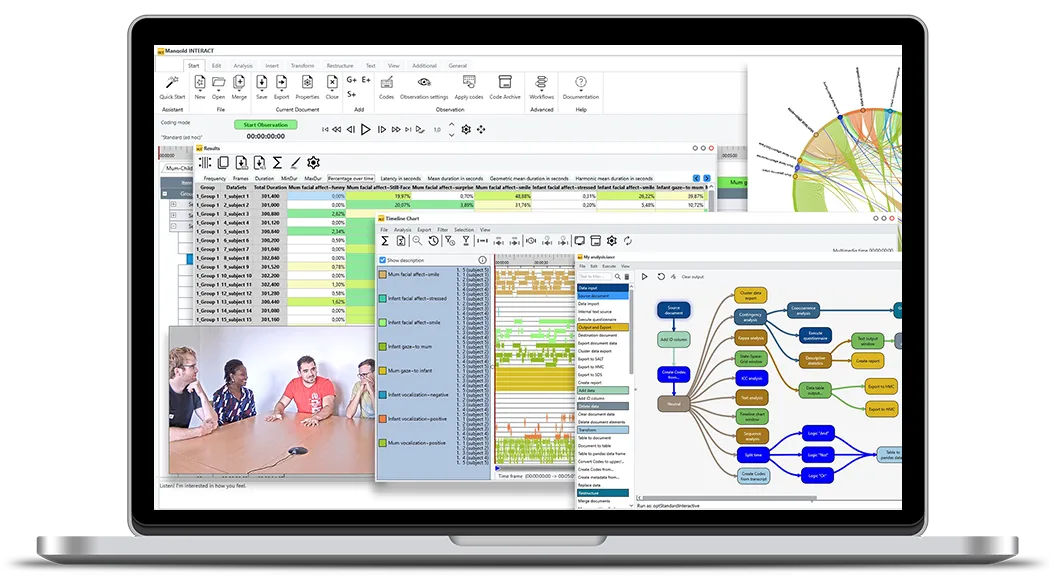Research · 3 min read
Capuchin Monkey Characteristics - A Study on Personality Differences
Contextualised behavioural measurements of personality differences in adult capuchin monkeys, "Primate Personality Net" research network.

Capuchin Monkey Characteristics - A Study on Personality Differences
Dr. Jana Uher, who is the leader of the research network “Primate Personality Net” at Free University of Berlin, examines this in a current study.
The goal of the research network is the scientific analysis of individual-specific behavioral patterns in primates and their influences on social relationships. Individual-specific behavioral patterns – which is personality differences – can be found in a wide range of species including monkeys and apes. From an evolutionary perspective they are thought to reduce the pressure of competition between members of a species and to represent a variable reservoir for the species’ successful adaptation to future ecological changes.
Contextualizing Personality in Capuchin Monkeys - A Behavioral Approach
Most research has borrowed heavily from human psychology, often using trait labels or observer judgments. But a study by Jana Uher, Elsa Addessi, and Elisabetta Visalberghi (2013) introduces a new framework for examining individual differences in capuchin monkeys (Cebus apella) that is grounded directly in behavior.
Using what they call the Behavioural Repertoire × Environmental Situations Approach, the researchers systematically generated 20 emic (species-specific, non-lexical) personality constructs. These were not adapted from human categories, but instead emerged from close observation of how capuchins behave across varied contexts.
The study included 26 adult monkeys housed in naturalistic social groups at the Primate Centre in Rome. Across 15 controlled test situations and 2 group-living contexts, the team collected 146 behavioral measures, aided by video and computer-based recording. Each measure was repeated, with a second full round conducted after 2–3 weeks, allowing for the assessment of test–retest reliability.
The findings demonstrate that many behavioral variables were stable over time (average significant test–retest correlation = .74). However, internal consistency across contexts was only moderate, echoing long-standing debates in personality psychology about cross-situational consistency. Importantly, this suggests that personality constructs derived from direct behavioral measures may function differently from those derived through lexical or judgment-based approaches.
The study also revealed that personality in capuchins was not strongly influenced by sex or age. Instead, early life experiences—such as whether an individual was mother- or hand-reared—had enduring effects on later personality expression.
This work represents the first comprehensive attempt to apply a contextualized, behavioral framework to personality research in capuchins. Beyond its methodological innovations, it contributes to the broader movement in psychology and ethology that calls for grounding the study of personality in observable behavior and ecological context, rather than importing constructs wholesale from human models.
The English-language publication is the first comprehensive study of personality differences in Capuchin Monkeys and is published in the latest issue of the “Journal of Research in Personality” (August 2013) at Elsevier. This study is based alongside various other projects which include video-/audio-based data collection and analysis performed with the Mangold INTERACT Software.
What users say: “The INTERACT software coding from Mangold proved to be extremely useful and efficient for detailed videotape analyzes of individual differences in the primates.” , Dr. Jana Uher
Find more impressive research studies in our publications
INTERACT: One Software for Your Entire Observational Research Workflow
From audio/video-based content-coding and transcription to analysis - INTERACT has you covered.
